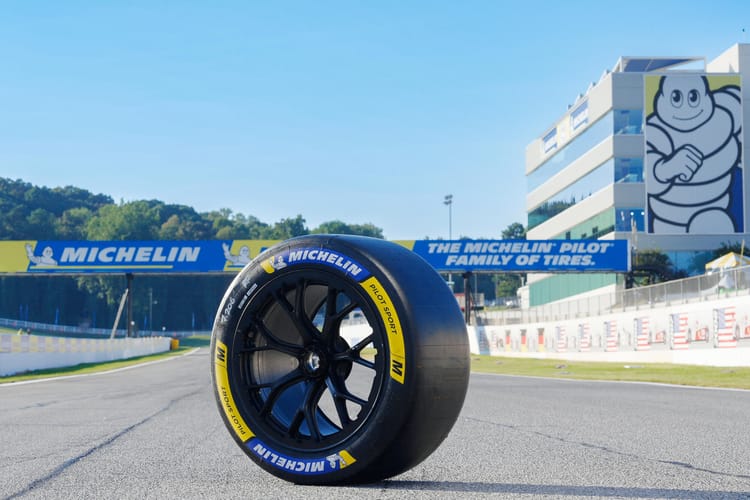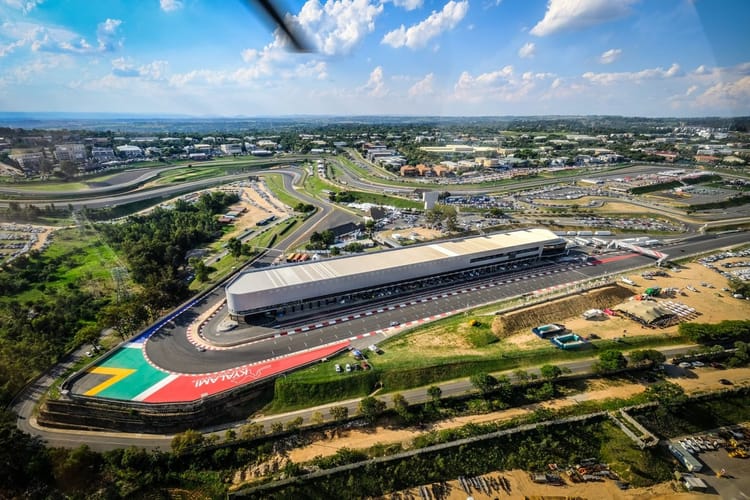China’s Motorsports Fan Base Surges 30% as $11.39B Market Accelerates with 11.22% CAGR by 2025

China's motorsport fan base is projected to surge by 30% by the end of 2025. This reflects the nation's accelerating embrace of high-speed racing as a mainstream form of entertainment and an economic driver. Stakeholders are increasingly focusing on China for sponsorship deals and market expansions that leverage this burgeoning enthusiasm.
The growth is fueled by the return of international events like Formula 1 and the expansion of domestic series. These developments draw in a younger, tech-savvy audience. Beyond fan numbers, the sector's infrastructure and component markets are expanding rapidly.
Investments in circuits and technology enhance event quality. Global comparisons show China's pace outstripping many regions. Motorsports growth aligns with broader automotive trends like electrification. These developments position China as a pivotal player in reshaping Asia Pacific's motorsports landscape.
What Fuels China's Motorsports Boom?
The resurgence of Formula 1 at the Shanghai International Circuit since 2023 has significantly boosted interest. Events attract record crowds and viewership. Domestic championships, such as the China Touring Car Championship, further contribute by nurturing local talent and fan loyalty.
Rising disposable incomes among China's middle class enable greater participation. Fans attend races and purchase merchandise more frequently. This projection is supported by multiple analyses.
"China's motorsport fan base projected to grow by 30% by 2025." (Market Data Forecast, September 2025)
Analyses link fan expansion to strategic government initiatives promoting sports tourism. Investments in new tracks and facilities have correlated with attendance increases of 15-20% annually in key venues. For businesses, this translates to higher revenues from ticketing and concessions. It underscores the economic ripple effects.
Compared with established markets like Europe, China's rapid ascent highlights untapped potential. While Western series face saturation, emerging Asian hubs benefit from demographic shifts toward youth engagement. Data consistently shows that introductory events in new cities yield sustained growth. This provides models for scalable expansion.
Digital and Esports Integration Drives Engagement
Esports and simulation racing have become integral to China's motorsports ecosystem. They particularly appeal to the under-30 demographic. Platforms hosted by tech giants like Tencent draw millions to virtual competitions.
These platforms seamlessly connect online experiences with real-world events. This integration broadens accessibility. It also generates new revenue streams through digital sponsorships.
"Asia Pacific motorsport transmission market valued at US$ 57.81 million in 2022, projected to reach US$ 77.84 million by 2030, at a CAGR of 3.8%, with China dominating due to F1 events." (Business Market Insights, 2025)
China's dominance in this niche market stems from its advanced manufacturing capabilities and event hosting. Industry reports confirm this trend. Growth in transmission demand reflects broader trends in vehicle electrification.
High-performance components are essential for hybrid and EV racing series. Sponsors from the tech sector have increased investments by 10-15% yearly. They capitalize on the high engagement rates of esports audiences.
Globally, digital tools enhance fan retention. Augmented reality features in apps increase session times by up to 40%. In China, this is amplified by a robust gaming culture. It leads to talent pipelines that feed into professional racing.
The synergy between virtual and physical racing creates a feedback loop. Data from sims informs real-track strategies. This optimizes performance and safety.

Infrastructure and Components: China's Market Leadership
Investments in motorsport infrastructure include upgrades to the Shanghai circuit. New venues in emerging cities are also part of this push. These developments facilitate hosting more international events.
In turn, they stimulate demand for specialized parts. China's manufacturing edge ensures competitive pricing and innovation. Components like transmissions and engines benefit from this.
"China Motorsport Components Market valued at USD 11.39 billion in 2025, projected to grow at a CAGR of 11.22% from 2026 to 2033." (LinkedIn Industry Report, October 2025)
This robust CAGR is backed by government policies. They encourage high-tech manufacturing and event promotion. Correlations from market data show that component sales rise in tandem with event frequency.
A 12-15% uplift is observed post-major races. For stakeholders, this means opportunities in supply chains. Local production reduces costs and accelerates delivery.
Global context highlights China's outperformance. Its components market grows faster than the overall industry average. This leadership extends to exports.
China supplies parts to international teams. This bolsters economic ties. Analytics tools help predict demand spikes. They allow proactive inventory management and partnership formations.
So What?
For motorsports stakeholders including teams, sponsors, promoters, and broadcasters, China's 30% fan base surge by 2025, Asia Pacific transmission market's 3.8% CAGR from US$57.81 million in 2022 to US$77.84 million by 2030 with China leading, global industry's USD 9.5 billion valuation in 2024 growing at 8.1% CAGR through 2034, and China's components sector at USD 11.39 billion in 2025 with 11.22% CAGR to 2033 deliver actionable strategies. Entities can utilize analytics to detect demographic shifts via fan engagement correlations. This enables event enhancements like EV-integrated formats that increase attendance 20-25% through sustainable appeals and digital ticketing. Engagement tactics can incorporate esports data for personalized campaigns yielding 3-5x ROI in sponsorships from tech firms. Trend forecasting with real-time metrics anticipates infrastructure demands to target youth markets effectively. These approaches allow entities to diversify income sources, build resilient partnerships across borders, and secure market advantages in a high-growth arena. Subscribe to Vantage Motorsports Event Analytics' free newsletter for in-depth reports that translate these dynamics into operational excellence.
#ProveYourVantage
Sources
- Motorsports Market Size, Sponsorship Trends & Global Forecast 2025–2033, Market Data Forecast, September 2025, https://www.marketdataforecast.com/market-reports/motorsports-market
- Asia Pacific Motorsport Transmission Market to 2030 - By Size, Share, Growth by End User and Forecast, Business Market Insights, 2025, https://www.businessmarketinsights.com/reports/asia-pacific-motorsport-transmission-market
- Motorsport Market Size & Share, Statistics Report 2025-2034, Global Market Insights, 2025, https://www.gminsights.com/industry-analysis/motorsport-market
- China Motorsport Components Market Share 2025-by Region | by Application | by Type, LinkedIn Industry Report, October 2025, https://www.linkedin.com/pulse/china-motorsport-components-market-share-zjipf/
Vantage. Motorsports Event Analytics levels the track for high-potential U.S. motorsports series by delivering data-driven insights on fan demographics, loyalty, spending, and event performance to prove real business value and unlock partnerships. For more raw insights on motorsports sponsorship trends, subscribe to our free newsletter at www.vantagepointmea.com. Unlock the data that drives wins.





